
Avant-garde - the vanguard of the bold and resolute. Avant-garde styles in painting
Avant-garde is not a single painting style, as it is sometimes perceived, but a collection of numerous artistic movements that emerged at the turn of the 19th and 20th centuries. This term encompasses all the bold and innovative trends that shocked the public and rejected classical tradition. Representatives of avant-garde became the avant-garde, leading the way ahead of the cultural mainstream, discovering and exploring new paths of creative expression. Interestingly, the artists in question referred to themselves as anything but avant-gardists, using labels like Fauvists, Luminists, Cubists, and more.
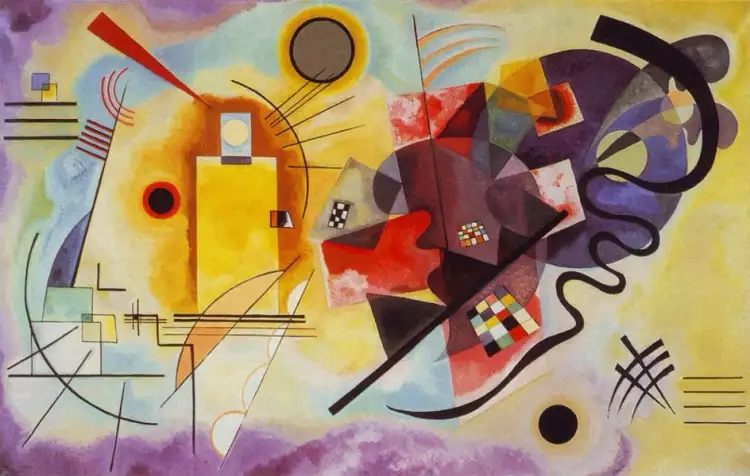 Avant-garde. Wassily Kandinsky. Yellow-Red-Blue, 1925
Avant-garde. Wassily Kandinsky. Yellow-Red-Blue, 1925
Avant-garde is a retrospective term. This means that it began to be applied only after the phenomenon itself had exited the stage. It was only in the mid-20th century that art historians began to use this word in the sense we are familiar with today, to denote non-conformist artistic movements at the turn of the 19th and 20th centuries. Such a situation is not unique; for instance, Romantic artists did not use the term "Romanticism" for self-identification, and Realist painters did not employ "Realism" in self-naming either. It was not used by their contemporary critics either; instead, it entered art history through the work of later researchers who analyzed, structured, classified, and summarized the key vectors in the history of culture.
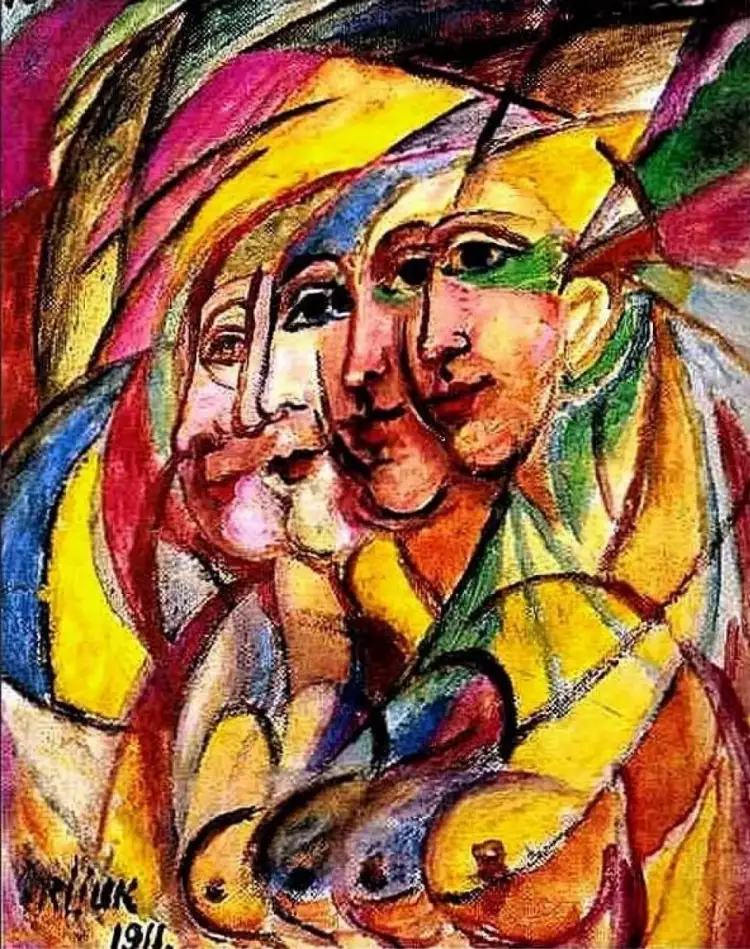 Avant-garde. David Burliuk. Futuristic woman, 1911
Avant-garde. David Burliuk. Futuristic woman, 1911
Avant-garde is confined within relatively narrow chronological boundaries. On one hand, this term underscores the revolutionary nature of the newest artistic movements it encompasses, and on the other hand, it pertains only to trends that emerged at the end of the 19th and the beginning of the 20th century. In other words, these phenomena have already firmly established their places in history, and they were avant-garde at the moment of their appearance. The term is not used in relation to contemporary movements.
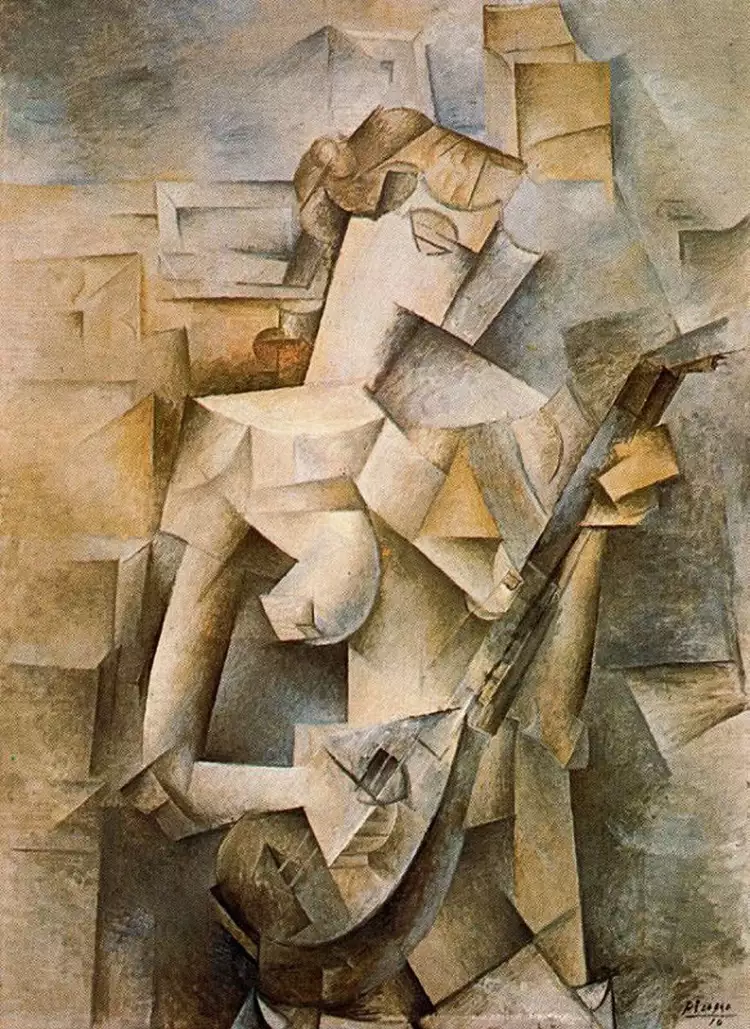 Avant-garde. Pablo Picasso. Girl with a Mandolin (Fanny Tellier), 1910
Avant-garde. Pablo Picasso. Girl with a Mandolin (Fanny Tellier), 1910
How a Military Term Became an Art Historical One
As mentioned earlier, avant-garde was originally a military term (in contrast to the "arrière-garde," which referred to the rear guard). However, at the end of the 18th century, it acquired an additional, political significance. These changes were associated with the French Revolution. In a political sense, this term became a symbol of radicalism and progressive views. This is how it was named the journal of the Jacobins, which was published in 1794.
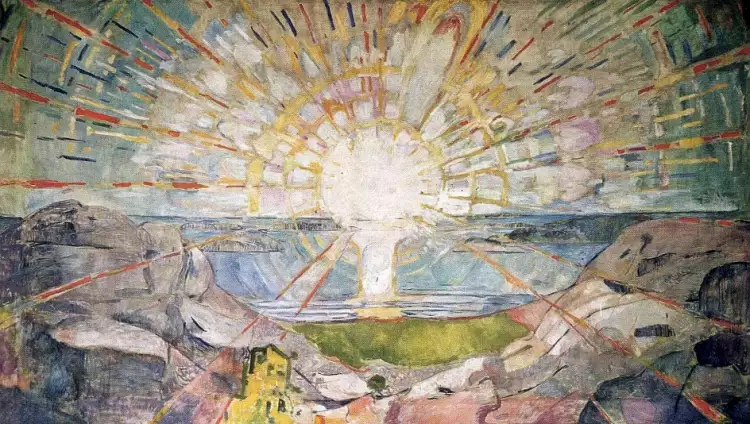 Avant-garde. Edvard Munch. Sun, 1916
Avant-garde. Edvard Munch. Sun, 1916
In the 19th century, this concept was widely used among representatives of radical political groups, especially among the Bakuninists and anarchists. In the revolutionary sense, this word began to be used by cultural figures, but only sporadically.
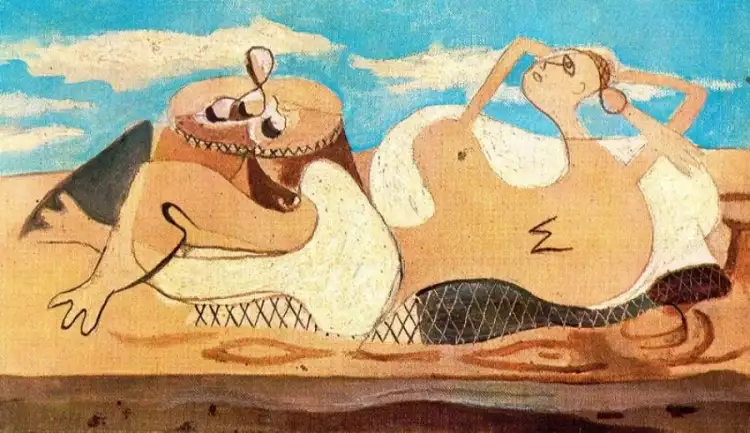 Avant-garde. Georges Braque. Semi-reclining nude on a pedestal, 1931
Avant-garde. Georges Braque. Semi-reclining nude on a pedestal, 1931
For example, in 1910, the painter and critic Alexander Nikolaevich Benois (Russian: Александр Николаевич Бенуа) used this term. When discussing an exhibition of the Union of Russian Artists, he stated that the participants of the event could be divided into the avant-garde, the center, and the arrière-garde. The arrière-garde, in this context, referred to conservative artists who stubbornly adhered to outdated canons. He included himself and his colleagues in the center. He used the word "avant-garde" somewhat ironically, emphasizing that some young painters had detached themselves too much from the artistic community and were too zealously destroying traditions and norms.
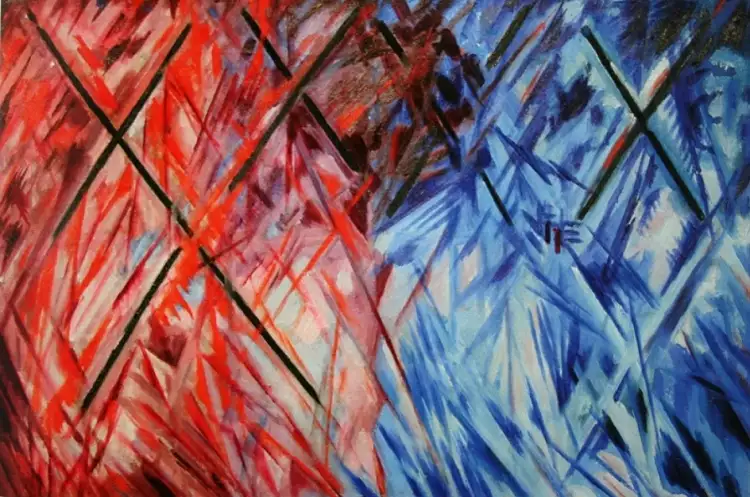 Avant-garde. Mikhail Larionov. Radiant lines, 1911
Avant-garde. Mikhail Larionov. Radiant lines, 1911
To such non-conformist artists, Benois included the founder of Luminism, Mikhail Fyodorovich Larionov (Russian: Михаи́л Фёдорович Ларио́нов), and several other young painters. By the way, now Luminists are indeed considered avant-garde artists.
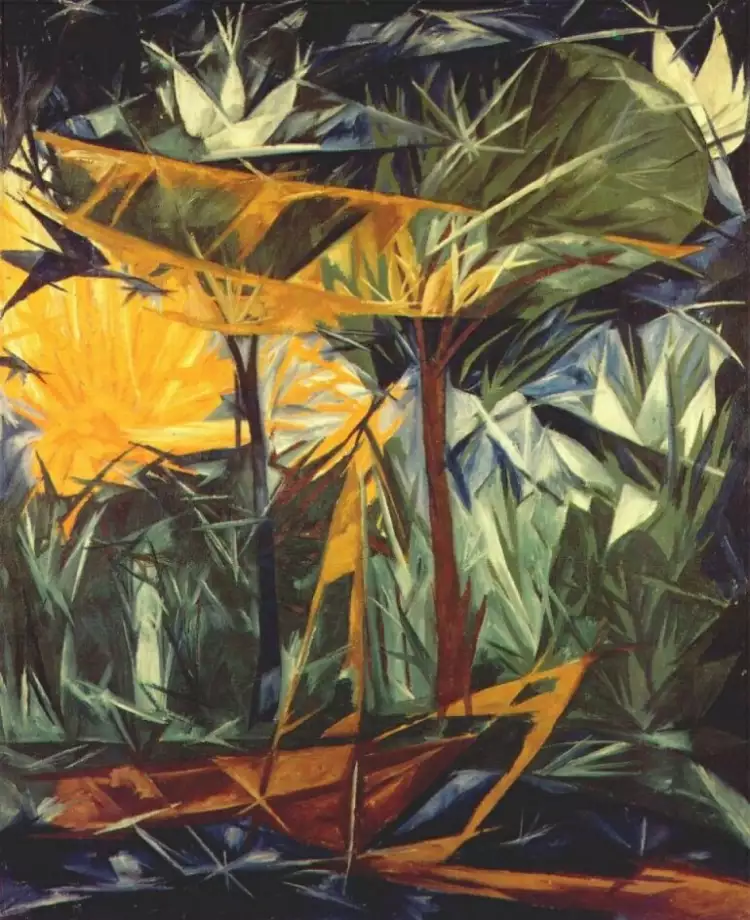 Avant-garde. Natalia Goncharova. Yellow and green forest, 1913
Avant-garde. Natalia Goncharova. Yellow and green forest, 1913
But Benois's use of the term can be considered a special case. In the sense we are familiar with, the term was introduced into the broader discourse by the Franco-Belgian artist Michel Seuphor, specifically in relation to Russian culture. Even today, abroad, avant-garde painting is often directly associated with Russia.
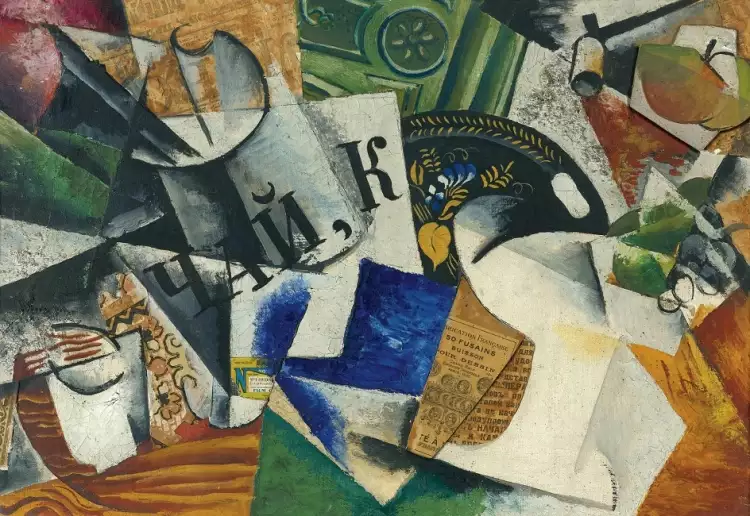 Avant-garde. Lyubov Popova. Grocery shop, 1916
Avant-garde. Lyubov Popova. Grocery shop, 1916
Is Modernism a Synonym or Not?
With the avant-garde, everything is very, very complex. There is another term that encompasses the artistic movements of the period under consideration - modernism. Some art historians consider these terms synonymous, while others differentiate them.
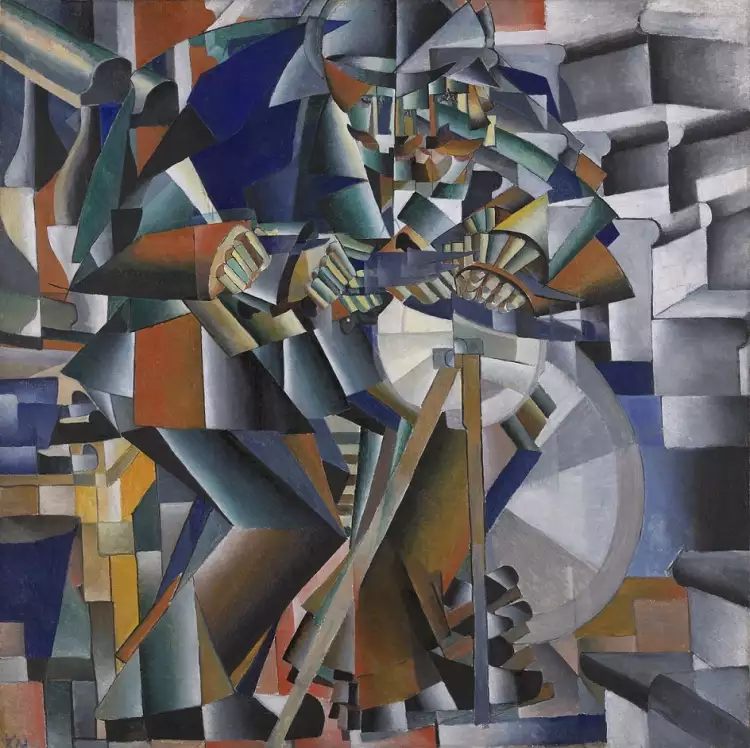 Avant-garde. Kazimir Malevich. The Knifegrinder, 1912
Avant-garde. Kazimir Malevich. The Knifegrinder, 1912
Drawing a clear distinction is very difficult. Perhaps modernism is a broader concept, as many art historians begin its history with the Salon des Refusés, which opened in 1863, and include Impressionism, Neo- and Post-Impressionism (as well as several later movements). As for avant-gardism, its boundaries are often narrowed down to Russian avant-garde.
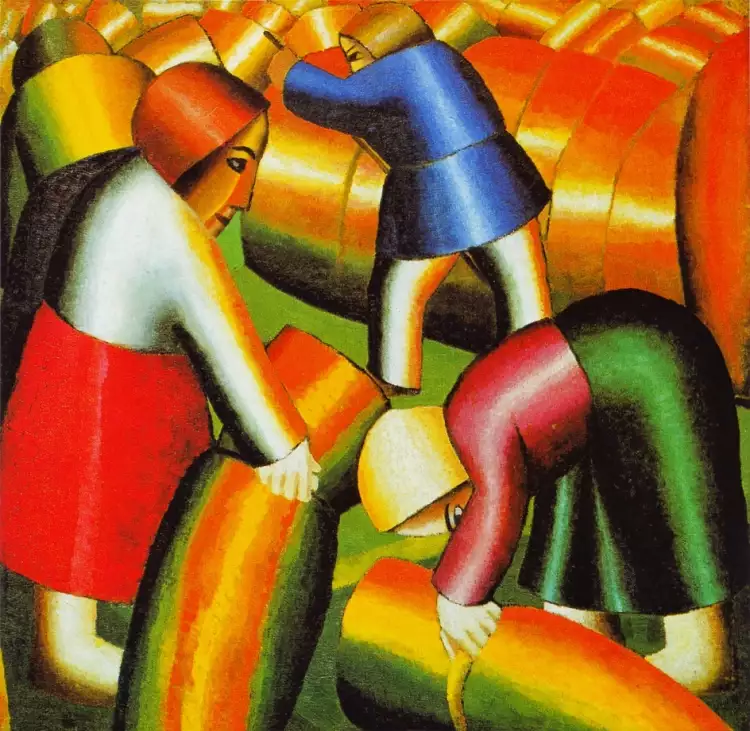 Avant-garde. Kazimir Malevich. Rye harvesting, 1912
Avant-garde. Kazimir Malevich. Rye harvesting, 1912
Finally, quite often, avant-garde art is understood as anything non-traditional and non-realist (this approach was characteristic of Soviet art history and still exists among some critics).
Avant-garde. Pablo Picasso. A bather opening a stall, 1928
These terminological nuances should be considered to avoid confusion when reading articles and books about contemporary art.
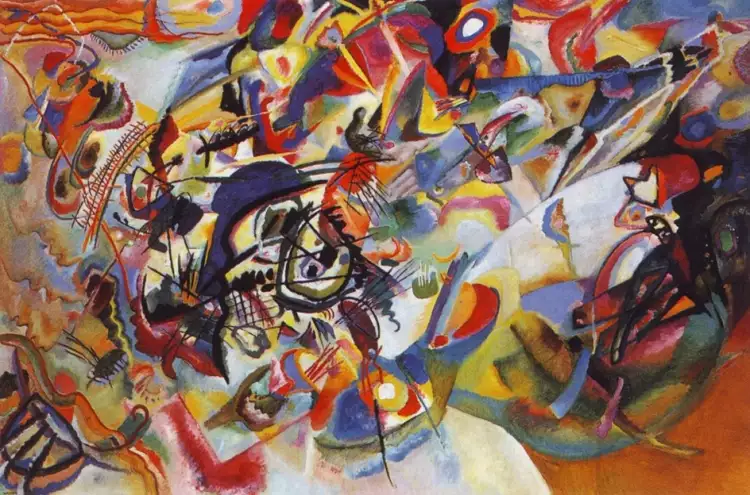 Avant-garde. Wassily Kandinsky. Composition VII, 1910
Avant-garde. Wassily Kandinsky. Composition VII, 1910
Who Can Be Considered Avant-Garde?
Avant-garde art was preceded by the so-called proto-avant-garde, which indicated the breaking of traditional, classical norms and the birth of a fundamentally new creative approach. The proto-avant-garde included symbolism, modernism (Jugendstil, Art Nouveau, Secession), Russian cosmism, and the early expressionist works of manifestos, such as Edvard Munch's "The Scream." All of this laid the groundwork for the diverse world of avant-garde art.
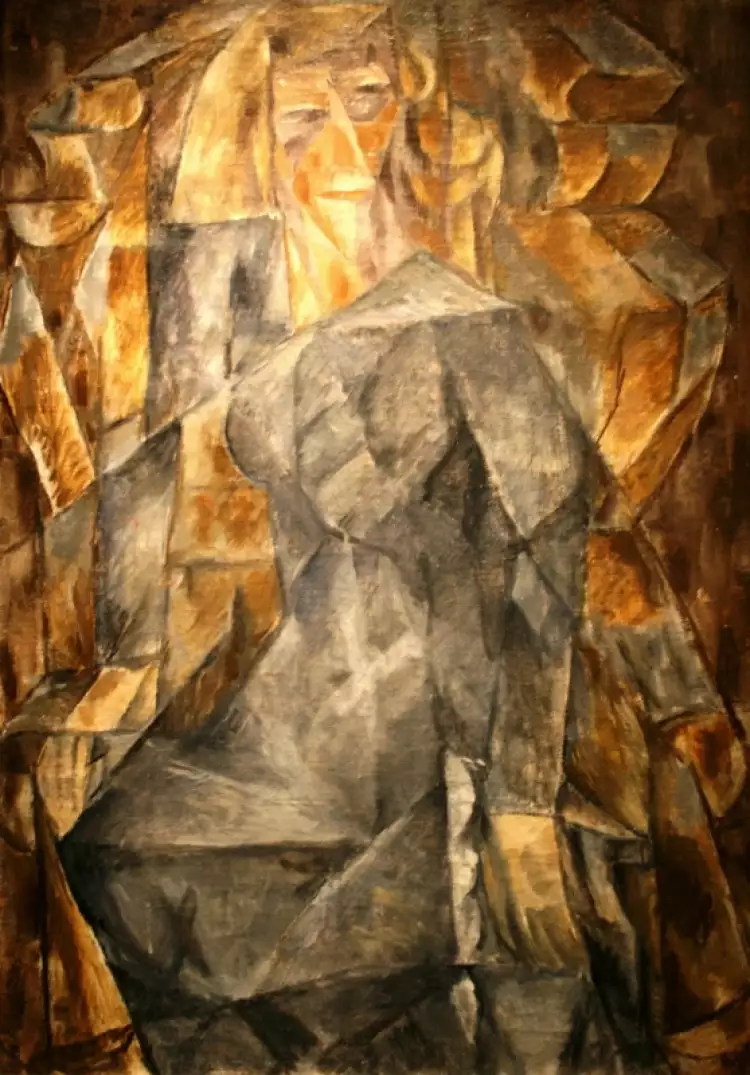 Avant-garde. Mikhaïl Le Dentu. Female portrait, 1911
Avant-garde. Mikhaïl Le Dentu. Female portrait, 1911
Let's take a look at its main movements.
Fauvism is considered the first in the lineup of avant-garde styles. Fauvist artists rejected linear perspective and traditional color palettes, proclaiming the artist's right to depict the world as they saw it. Fauvist paintings were characterized by bright, vivid colors, expressiveness, and shock value.
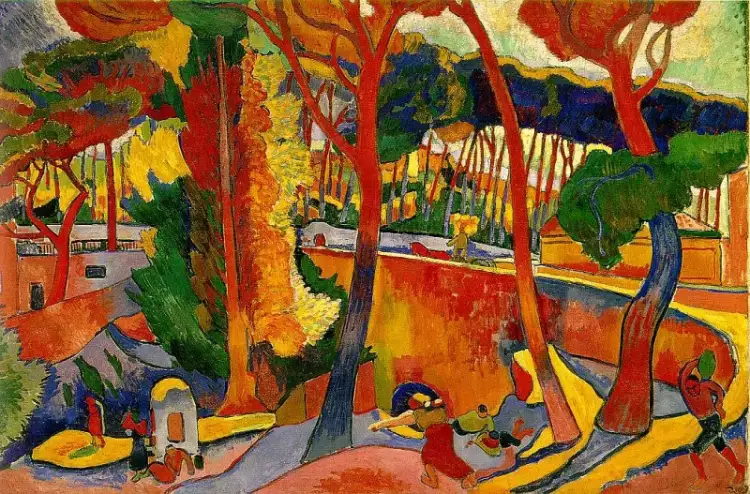 Avant-garde. André Derain. Turn of the road, Estaque, 1906
Avant-garde. André Derain. Turn of the road, Estaque, 1906
Expressionism, a related phenomenon to Fauvism, had a significant influence on European culture in the first decades of the 20th century. Expressionists sought to express emotions in their paintings, primarily painful ones - pain, anxiety, fear, disappointment (this was associated with the aftermath of World War I).
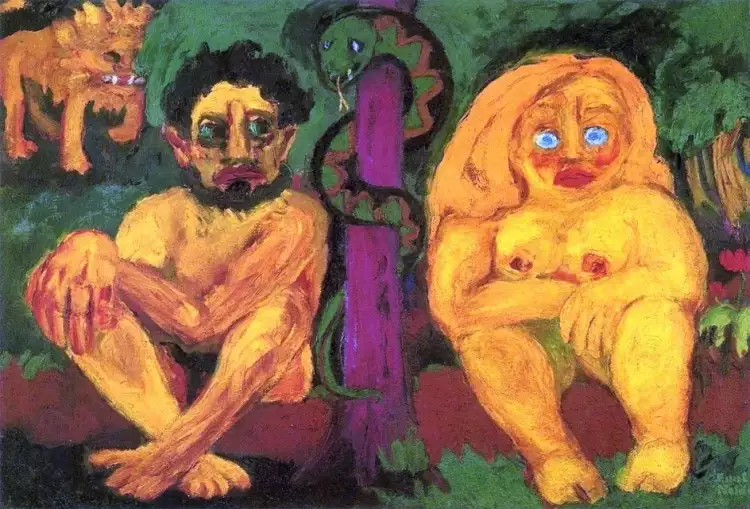 Avant-garde. Emil Nolde. Paradise Lost, 1921
Avant-garde. Emil Nolde. Paradise Lost, 1921
Non-objectivity, a global avant-garde trend, most vividly manifested in the works of Kazimir Severinovich Malevich (Russian: Казимир Северинович Малевич) and Wassily Wassilyevich Kandinsky (Russian: Василий Васильевич Кандинский). Non-objective artists believed that the rejection of depicting objects was a transition to "art of pure sensations." Malevich likened non-objectivity to milk without a bottle, meaning the pure taste that is not dependent on the vessel's shape.
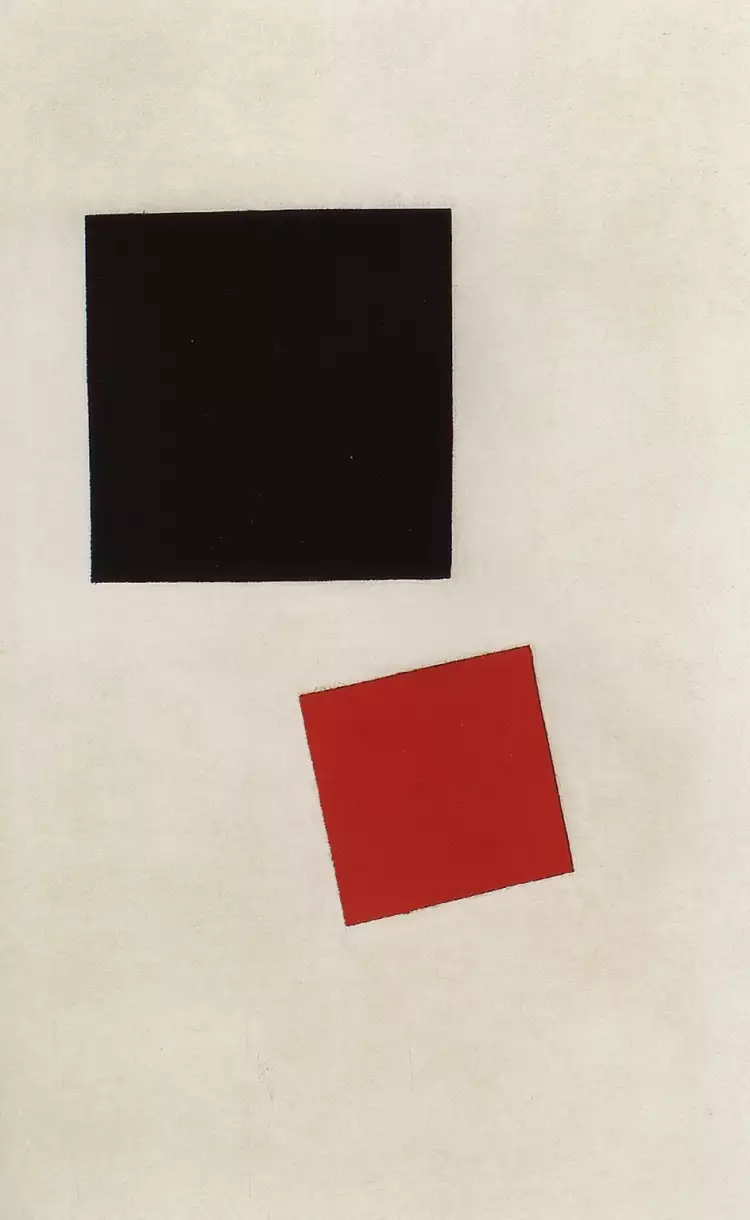 Avant-garde. Kazimir Malevich. Black and red square, 1915
Avant-garde. Kazimir Malevich. Black and red square, 1915
It should be noted that many later modern styles essentially became non-objective, but this term is specifically applied to the pioneers of this approach. At that time, the abandonment of depicting specific objects on canvas appeared original, daring, and revolutionary.
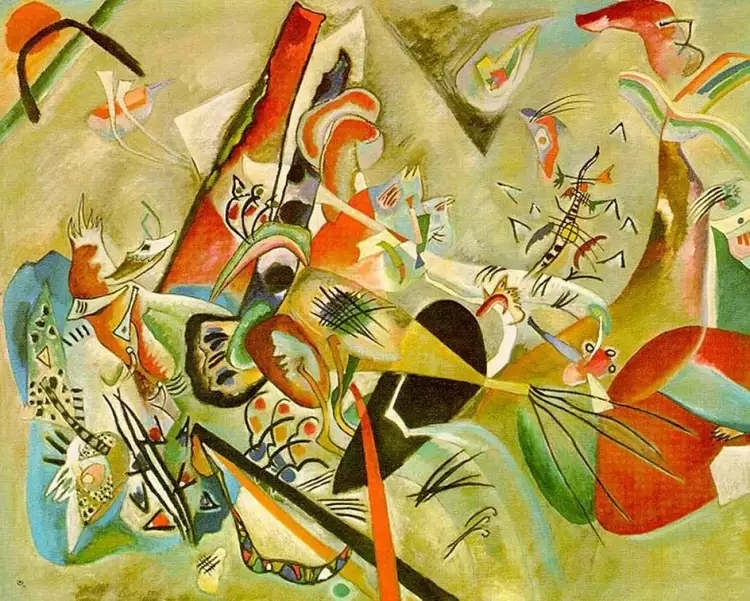 Avant-garde. Wassily Kandinsky. In Grey, 1919
Avant-garde. Wassily Kandinsky. In Grey, 1919
Suprematism - the development of non-objectivity, a variety of abstract painting. This is one of the key directions of Russian avant-garde, founded by Kazimir Malevich.
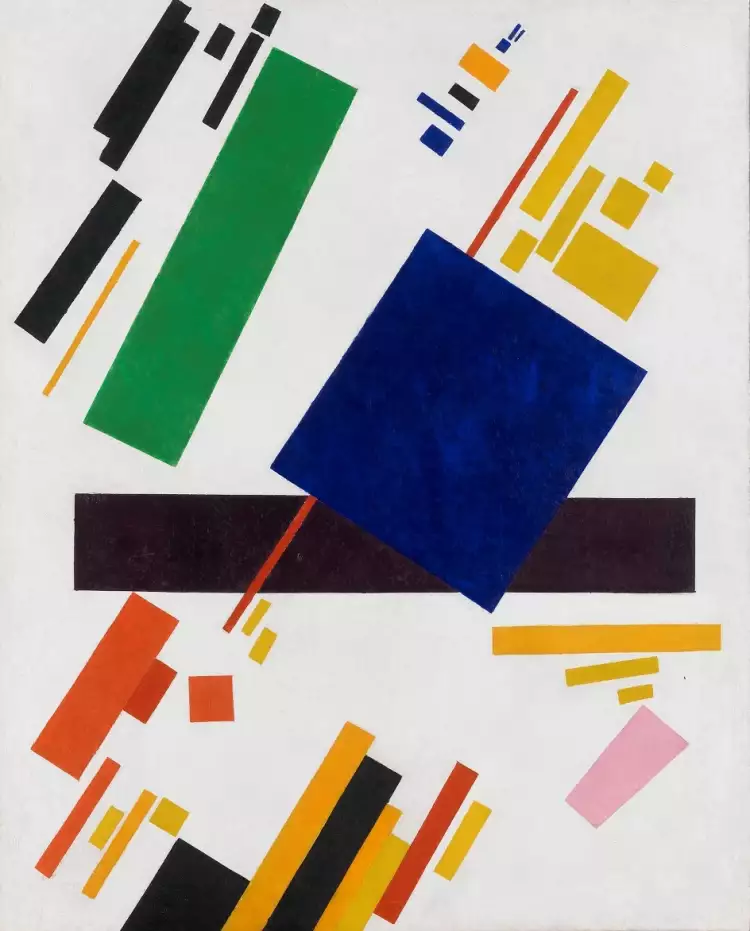 Avant-garde. Kazimir Malevich. Suprematist Composition, 1916
Avant-garde. Kazimir Malevich. Suprematist Composition, 1916
Another prominent master of suprematism was Wassily Kandinsky. In suprematist works, painters embodied the idea of "pure creativity," unrestricted by form. Dominant in suprematist paintings was the use of color. The stylistic features of suprematist artists included:
- Asymmetry.
- Inner dynamics.
- The use of simple geometric shapes - squares and rectangles, circles and straight lines.
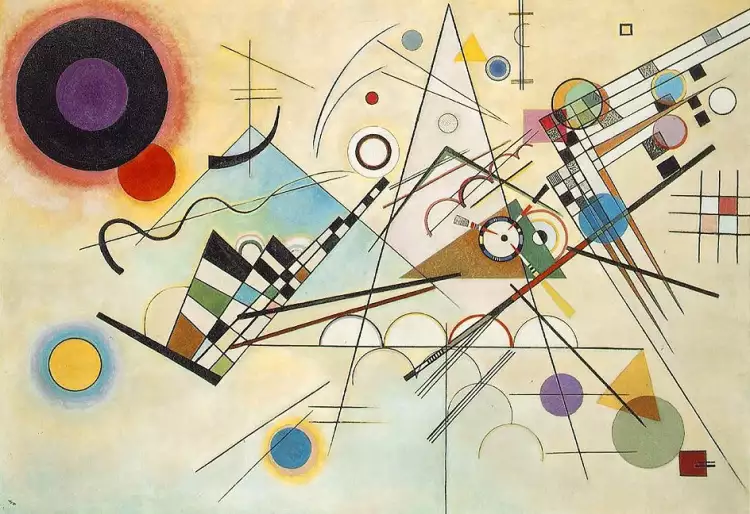 Avant-garde. Wassily Kandinsky. Composition VIII, 1923
Avant-garde. Wassily Kandinsky. Composition VIII, 1923
Cubo-Futurism – a branch of Suprematism created by Władysław Strzemiński. To further emphasize the focus on color, he advocated abandoning multiple forms.
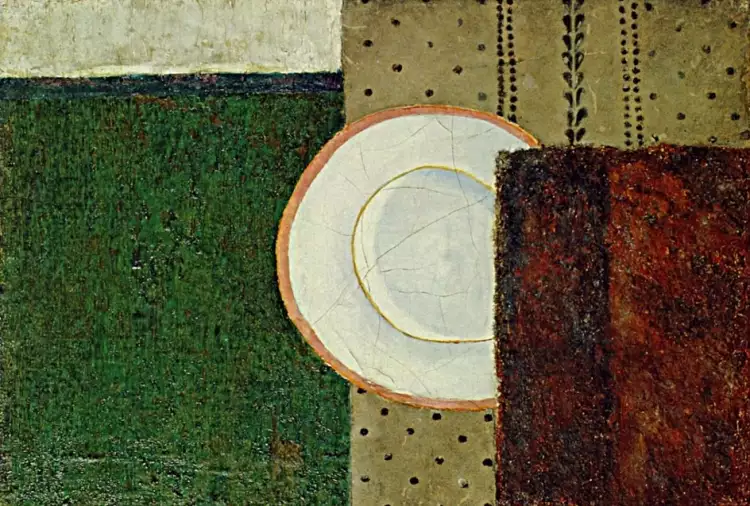 Avant-garde. Władysław Strzemiński. Still Life. Plate, 1918
Avant-garde. Władysław Strzemiński. Still Life. Plate, 1918
Futurism – a major avant-garde movement that captured minds in the 1910s and early 1920s. Its founder and author of the name was the Italian poet Filippo Tommaso Marinetti. His slogans were actively adopted in Russia, where a revolutionary turning point was taking place.
Avant-garde. Giacomo Balla. Street Light, 1909
Futurists looked to the future, criticizing the present and past, demanding the destruction of the crumbling world. Futurism resonated with traces of both communism and Nietzscheanism. Futurist artists:
- Emphasized dynamism.
- Used simultaneity (combining multiple moments of movement on a single canvas).
- Infused energy into their works.
- Loved swirling spirals, sharp angles, and dynamic zigzags.
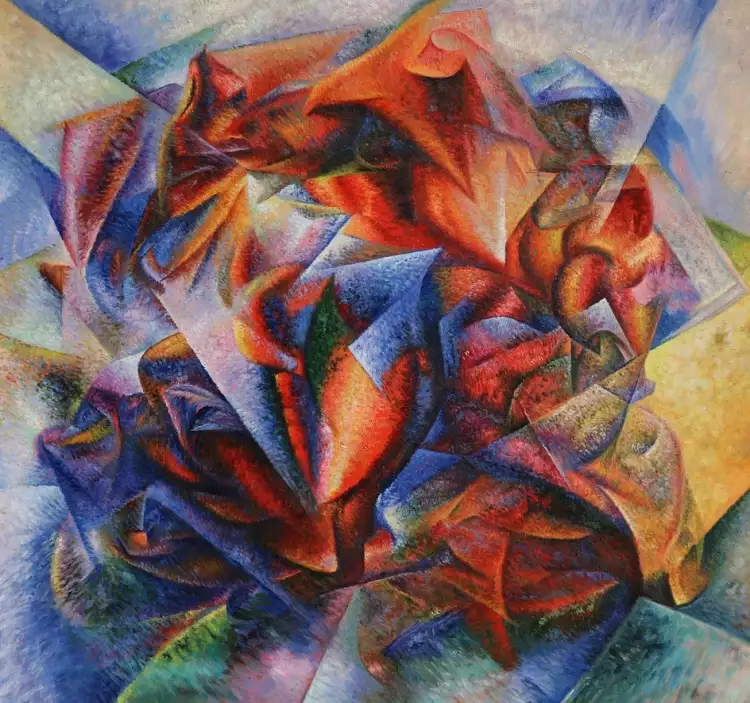 Avant-garde. Umberto Boccioni. Dynamism of a Footballer, 1913
Avant-garde. Umberto Boccioni. Dynamism of a Footballer, 1913
Rayonism – a movement whose representatives depicted reality on canvas as rays reflected from objects. Their paintings featured sharp oblique lines, acute angles, and bright colors. Some paintings resembled mirages, while others depicted radiant streams of light. The leading figures of Rayonism included its founder Mikhail Larionov and members of the creative associations "Donkey's Tail" and "Knave of Diamonds."
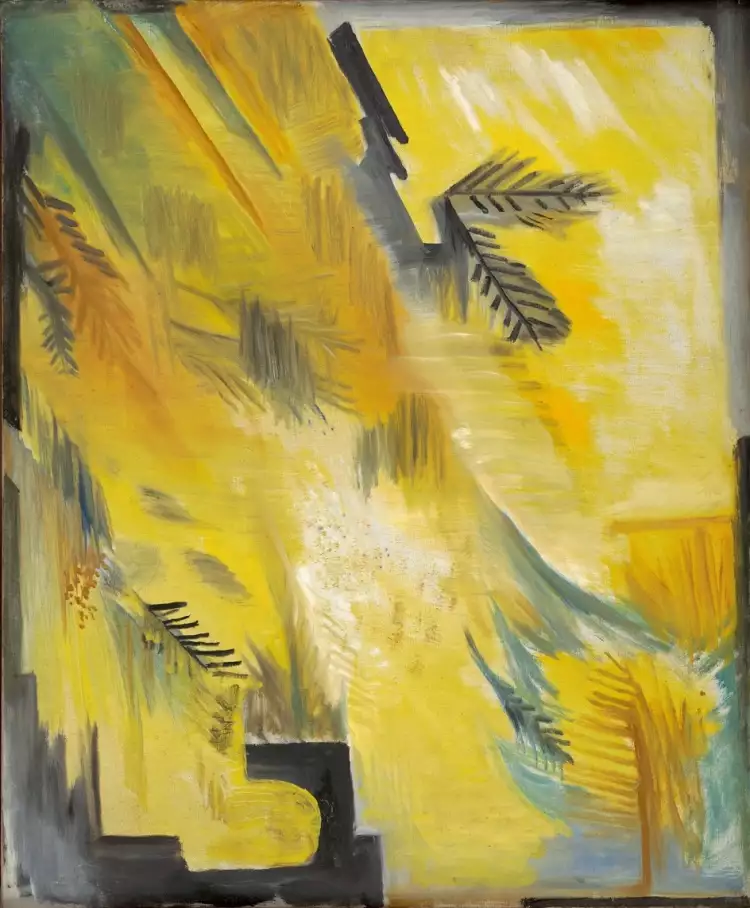 Avant-garde. Natalia Goncharova. Radiant landscape, 20th century
Avant-garde. Natalia Goncharova. Radiant landscape, 20th century
Ezism – this is more of a theoretical concept. Ezists (the adherents of this approach) proclaimed the recognition of the suitability of all styles that have ever existed or exist for creative self-expression. Nowadays, such an approach would be called tolerant. While other creators of the era were "casting off the ship of tradition," esists believed that "past forms" could also be useful for painters and, therefore, required study to create something new. The idea was introduced by Ilia Zdanevich, and a few Rayonists joined his manifesto.
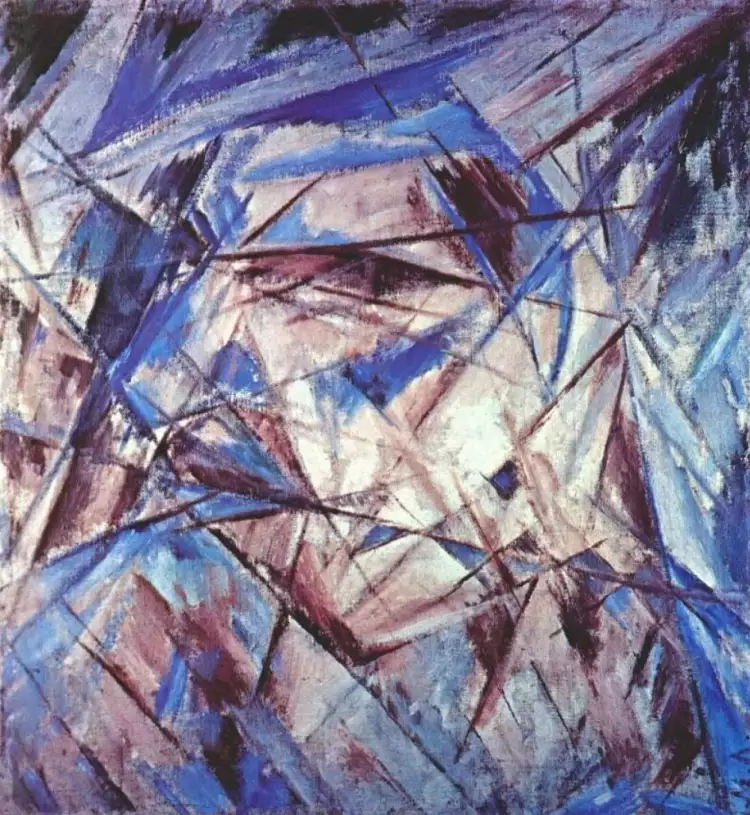 Avant-garde. Mikhail Larionov. Portrait of a Fool, 1912
Avant-garde. Mikhail Larionov. Portrait of a Fool, 1912
Dadaism, or Dada – an avant-garde protest against World War I and the painful reality expressed in collages. In these collages, Dadaist authors combined the incompatible: individual letters, paper and fabric cutouts, and parts of photographs. Dadaists intentionally made their collages "meaningless" to underscore the senselessness of civilization with its destructive wars and cruel social structure. However, beneath this apparent meaninglessness, Dada, despite the claims of the Dadaist artists themselves, concealed profound protest.
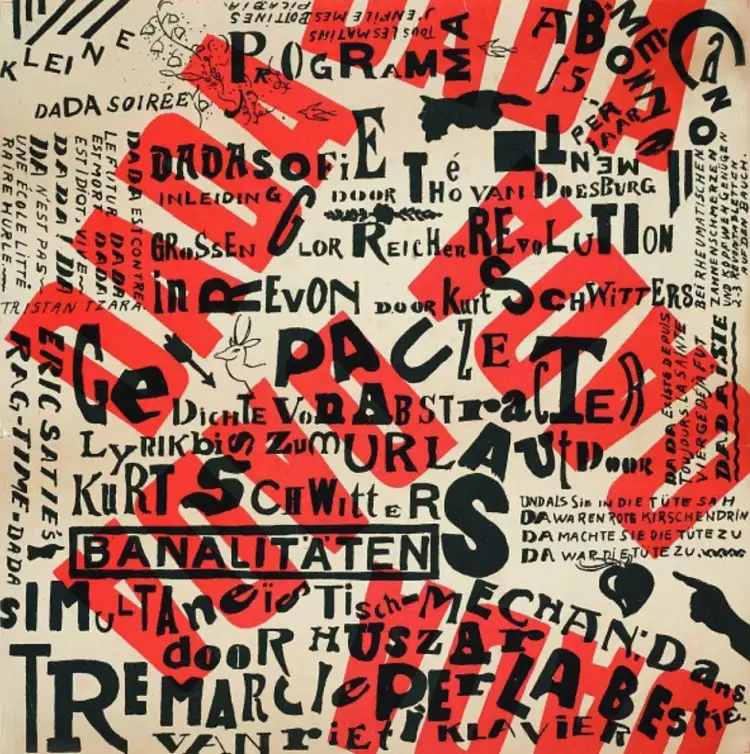 Avant-garde. Theo van Doesburg. The poster announcing the Dadaist evening, 1922
Avant-garde. Theo van Doesburg. The poster announcing the Dadaist evening, 1922
Constructivism - another influential trend that is attributed to the Russian avant-garde. It emerged in the mid-1910s, influenced by the work of the Cubists, but fully developed during the Soviet era after the October Revolution. Since the ideological focus was on practicality, most Constructivist artists created posters. Constructivists advocated a focus on practicality, rejecting "art for art's sake." The tendencies of the movement manifested in:
- Geometric forms.
- Simplification and strictness of composition.
- Clear lines.
- Dominance of simple colors - black, red, blue, yellow, white, and gray.
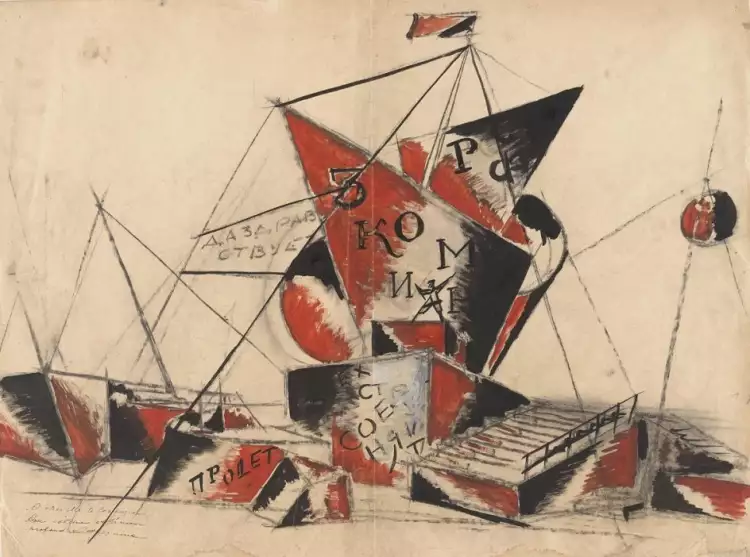 Avant-garde. Alexander Vesnin. Variant of the Monument to the III International, 1919-1920
Avant-garde. Alexander Vesnin. Variant of the Monument to the III International, 1919-1920
Cubism - one of the most well-known movements of the early 20th century, widely popular and responsible for producing dozens of recognized masterpieces. The leading masters include Pablo Picasso and Georges Braque.
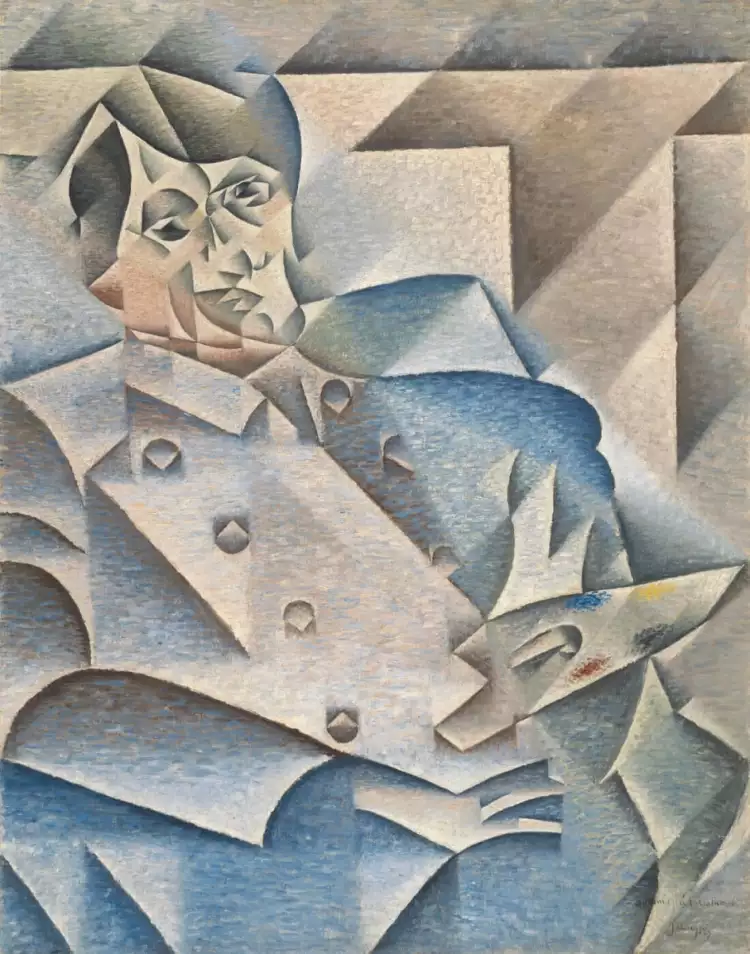 Avant-garde. Juan Gris. Portrait of Pablo Picasso, 1912
Avant-garde. Juan Gris. Portrait of Pablo Picasso, 1912
Cubists saw objects as combinations of basic geometric forms. However, this apparent simplification of reality was, in fact, a profound analysis of reality: Cubist artists deconstructed the three-dimensional world into elements, then assembled these "cubes" on a two-dimensional canvas. Remarkably, they sometimes managed to create a four-dimensional space!
Avant-garde. Georges Braque. A violin and a candlestick, 1910
Orphism - an avant-garde movement that emerged in France in the 1910s. Orphism merged expressionist, cubist, and futurist motifs through a prism of musicality. Orphist paintings are characterized by dynamism and rhythm drawn from the world of music.
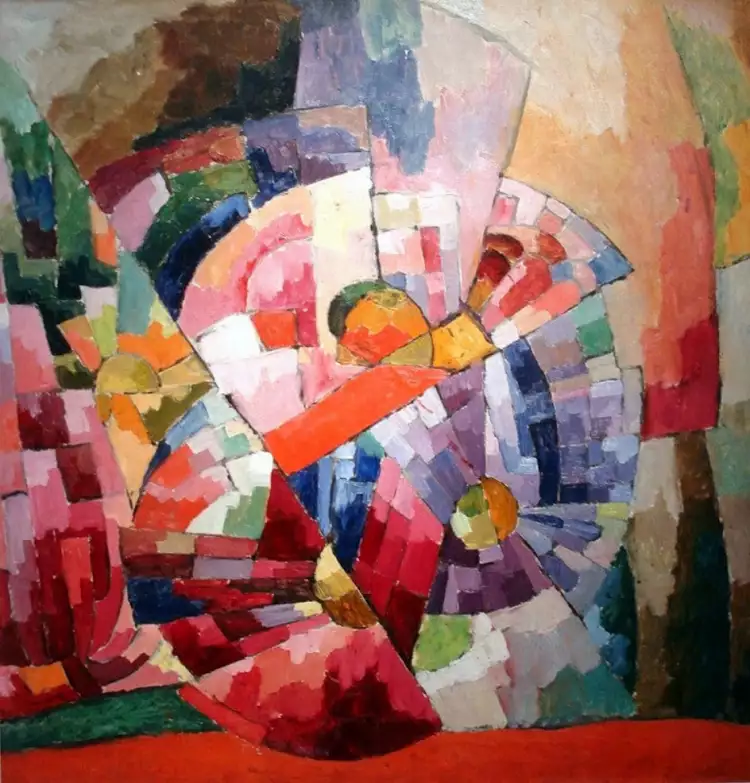 Avant-garde. Aristarkh Lentulov. Asters, 1913
Avant-garde. Aristarkh Lentulov. Asters, 1913
Surrealism - one of the most famous styles of the 20th century. The most renowned representatives in painting include Salvador Dalí and René Magritte. The works of Surrealists are marked by:
- Paradox.
- Irrationality.
- Phantasmagoria.
- The use of allusions.
- The combination of reality with the world of fantasies and dreams.
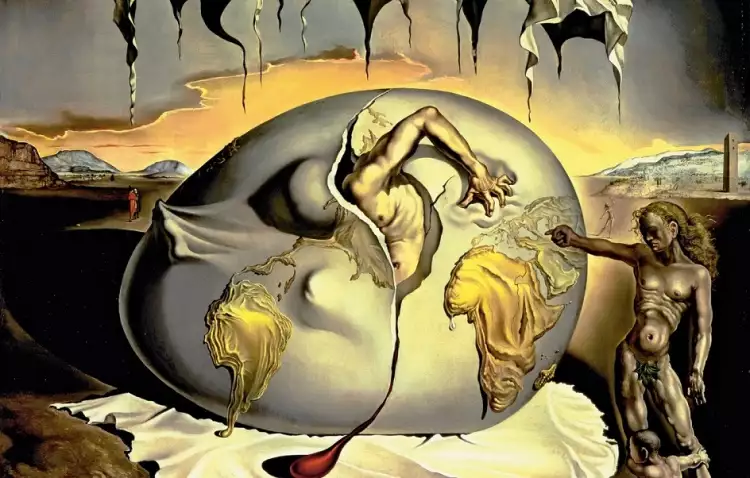 Avant-garde. Salvador Dalí. Geopoliticus Child Watching the Birth of the New Man, 1943
Avant-garde. Salvador Dalí. Geopoliticus Child Watching the Birth of the New Man, 1943
The works of first-tier avant-garde artists are highly valuable, selling for millions of dollars. They regularly become sensations at major auctions. This makes them a lucrative investment. The works of avant-garde masters that are now available at a relatively affordable price are also steadily appreciating. It's not necessary to attend auctions in person for this; they are now conducted online. The website VeryImportantLot, popular among investors and collectors, offers this opportunity.
 Grotesque is an eccentric art with harmless humor
Grotesque is an eccentric art with harmless humor 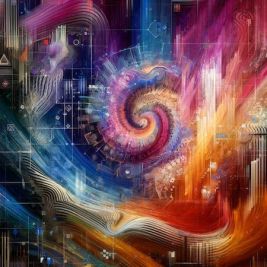 The Rise of Generative Art: Bridging Technology and Creativity
The Rise of Generative Art: Bridging Technology and Creativity  A colourful farmer Thomas Baumgartner
A colourful farmer Thomas Baumgartner 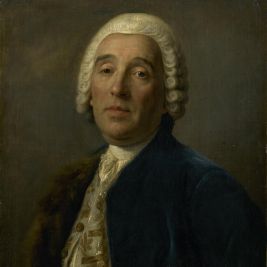 Bartolomeo Francesco Rastrelli was a brilliant Italian architect who became the greatest master of Russian architectural art of all times
Bartolomeo Francesco Rastrelli was a brilliant Italian architect who became the greatest master of Russian architectural art of all times 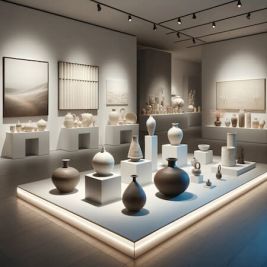 Ceramics as Fine Art: The Evolution from Craft to High Culture
Ceramics as Fine Art: The Evolution from Craft to High Culture  Cubism - a modernist style in 20th-century painting: the essence of the movement, history, and stages of development
Cubism - a modernist style in 20th-century painting: the essence of the movement, history, and stages of development  Orders of Germany - awards of former feudal states
Orders of Germany - awards of former feudal states 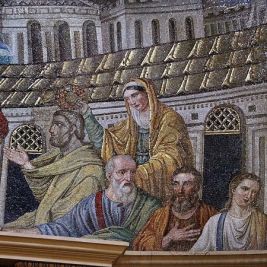 Mosaic - the art of creating a complete picture from many small individual pieces
Mosaic - the art of creating a complete picture from many small individual pieces  Albert Figdor Collection: Sweets for the ladies. Cigars for the gentlemen
Albert Figdor Collection: Sweets for the ladies. Cigars for the gentlemen 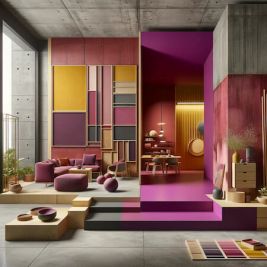 Emerging Color and Material Trends in Architecture for 2023
Emerging Color and Material Trends in Architecture for 2023